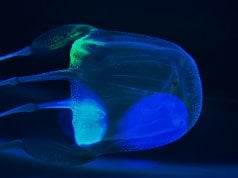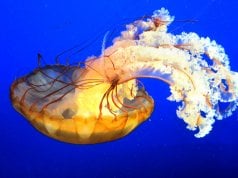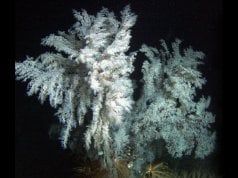A Floating Fortress: Unveiling the World of the Man of War
The name evokes images of naval battles and historical power. However, the “Man of War” isn’t a ship at all, but a fascinating and potentially dangerous creature of the sea. Officially known as the Portuguese Man of War (Physalia physalis), this colonial hydrozoan captivates and concerns beachgoers and marine biologists alike. This guide dives deep into the biology, behavior, and ecological role of this remarkable organism, offering insights for researchers, animal enthusiasts, and anyone venturing near its habitat.

What Exactly Is a Man of War?
It is crucial to understand that the Portuguese Man of War isn’t a single organism. It is a siphonophore, a colony of specialized zooids, individual organisms working together as a unified whole. Each zooid has a specific function, such as feeding, reproduction, or defense. The most visible part is the gas‑filled bladder, or pneumatophore, which floats on the surface and gives the Man of War its characteristic appearance. Beneath the surface lie long, venomous tentacles used for capturing prey and deterring predators.
Habitat and Distribution
The Portuguese Man of War is found in warm waters across the globe, primarily in the Atlantic, Pacific, and Indian Oceans. They are most commonly sighted in tropical and subtropical regions, drifting with currents and winds. While often associated with the open ocean, they can sometimes be washed ashore onto beaches, posing a risk to humans and other animals. Sightings are frequent near the coasts of Florida, Hawaii, Australia, and Portugal, hence the common name derived from the 16th‑century Portuguese warships.

Diet and Hunting Strategies
The Man of War is a carnivorous predator, feeding on small fish, crustaceans, and other planktonic organisms. Its long, venomous tentacles immobilize prey, bringing it toward the mouth located within a specialized feeding zooid. The venom contains neurotoxins that paralyze the prey. Despite their fearsome reputation, they are not active hunters. They rely on currents to bring prey within reach of their tentacles. The tentacles can extend up to 120 feet in length, creating a significant capture zone.
Reproduction and Life Cycle
The Portuguese Man of War exhibits a fascinating reproductive strategy. Each colony can reproduce both sexually and asexually. Asexual reproduction occurs through budding, where new zooids develop from existing ones, allowing the colony to grow and expand. Sexual reproduction involves the release of eggs and sperm, creating new colonies. Interestingly, the reproductive zooids are separate from the feeding and defensive zooids. The life cycle is relatively short, with colonies typically lasting around a year.
Interactions with Other Species
The turtle’s thick skin protects it from the venom. The Man of War also provides habitat for small fish and crustaceans, which find shelter among its tentacles. However, this relationship is often risky, as these smaller creatures are vulnerable to the venom.
Human Interactions
The Portuguese Man of War’s venomous tentacles pose a significant threat to humans. Contact with the tentacles results in excruciating pain, welts, and potentially severe allergic reactions. It is crucial to avoid contact with washed‑up Man of Wars, as the sting can linger for days. If stung, the following steps can help reduce discomfort:
- Remove any tentacle fragments that remain on the skin.
- Rinse the affected area with seawater, not freshwater, which can worsen the stinging.
- Apply a baking soda solution to neutralize the venom.
- Use a cold compress to relieve swelling and pain.
- Seek medical attention if symptoms worsen or if an allergic reaction occurs.
Vinegar is often recommended, but its effectiveness is debated. The key is to avoid rubbing the area, as this can release more venom.
Conservation and Research
The Portuguese Man of War’s delicate structure and complex needs make it difficult to replicate its natural environment in captivity. A large, flowing tank with strong currents is essential, as is a diet of live fish and crustaceans. Water quality must be meticulously maintained, and the creature must be protected from physical damage. Due to these difficulties, captive displays are uncommon.
Scientific Significance
Researchers study the Man of War to understand the evolution of colonial organisms, the mechanics of its venom delivery system, and the ecological role of siphonophores in marine food webs. Each new discovery sheds light on how a seemingly simple creature can command such power in the ocean.
Key Takeaways
- The Portuguese Man of War is a colonial siphonophore, not a single jellyfish.
- Tentacles can reach up to 120 feet and carry potent neurotoxins.
- First aid involves rinsing with seawater, applying heat or vinegar, and avoiding friction.
- It occupies warm coastal waters and is most often seen near shorelines.
- Its delicate biology makes captive care extremely challenging.
This article offers a comprehensive look at the Portuguese Man of War, the organism that turns the ocean into a floating fortress of nature.






![Red Angus Closeup of a beautiful Red Angus cowPhoto by: U.S. Department of Agriculture [pubic domain]https://creativecommons.org/licenses/by/2.0/](https://animals.net/wp-content/uploads/2020/03/Red-Angus-4-100x75.jpg)

